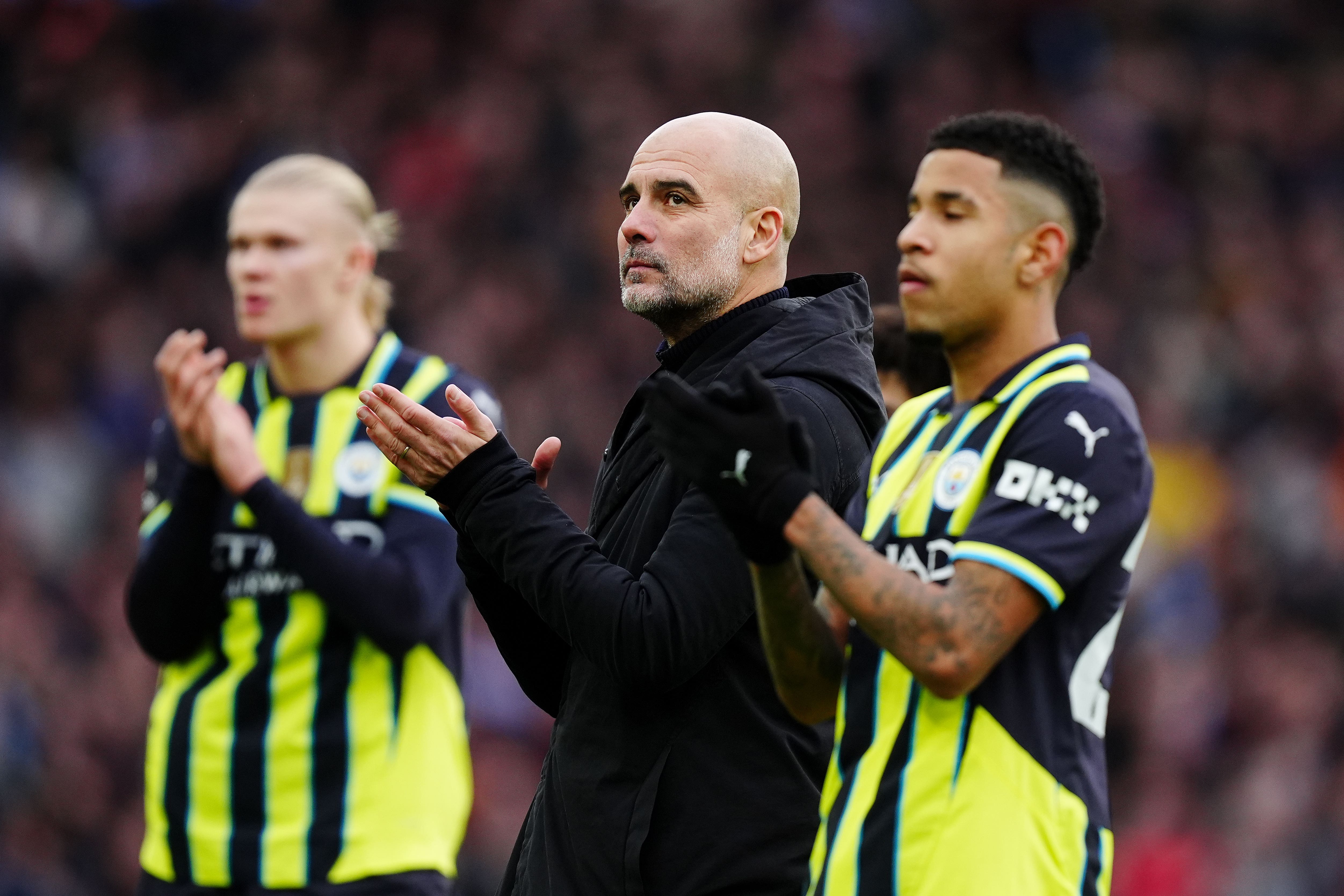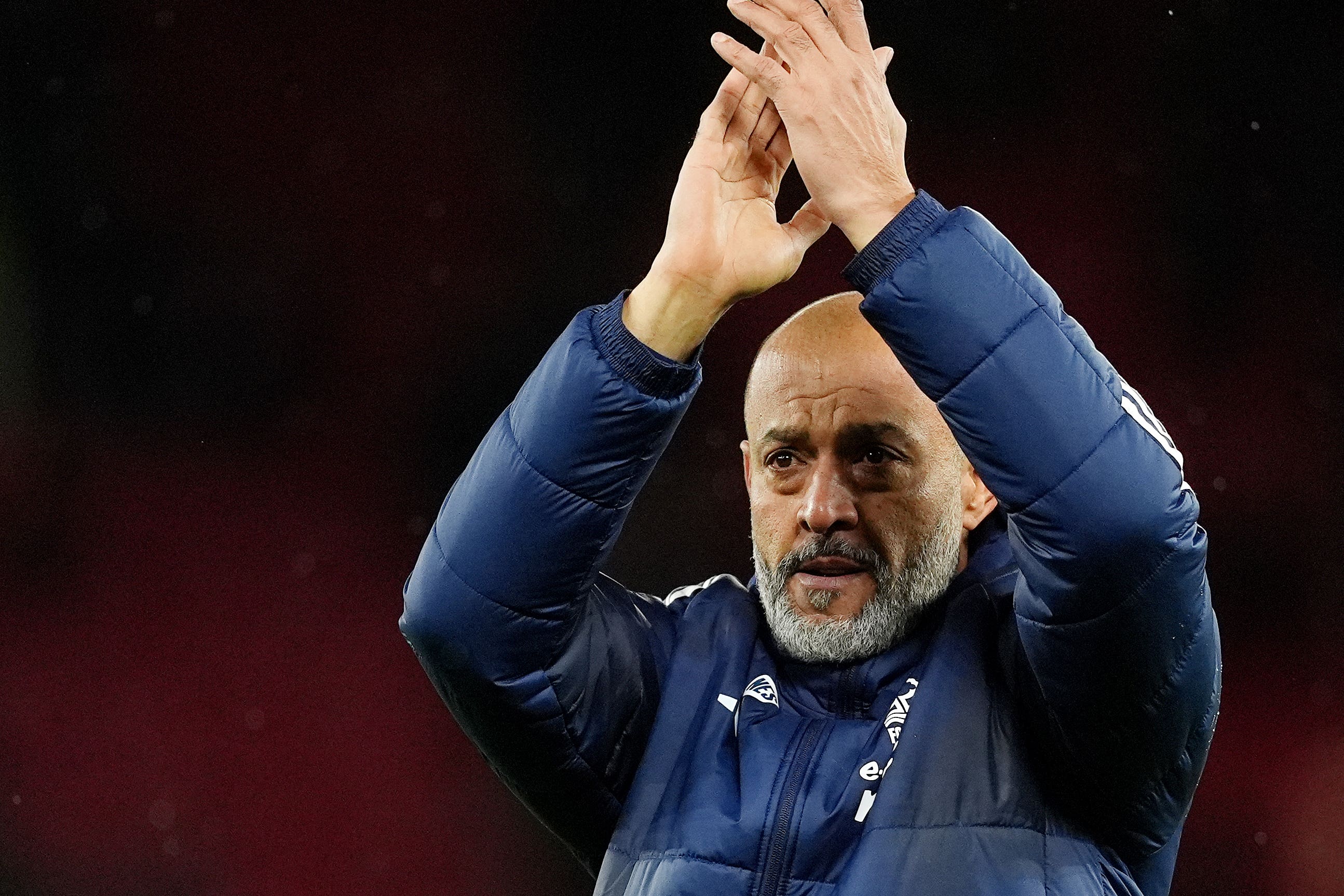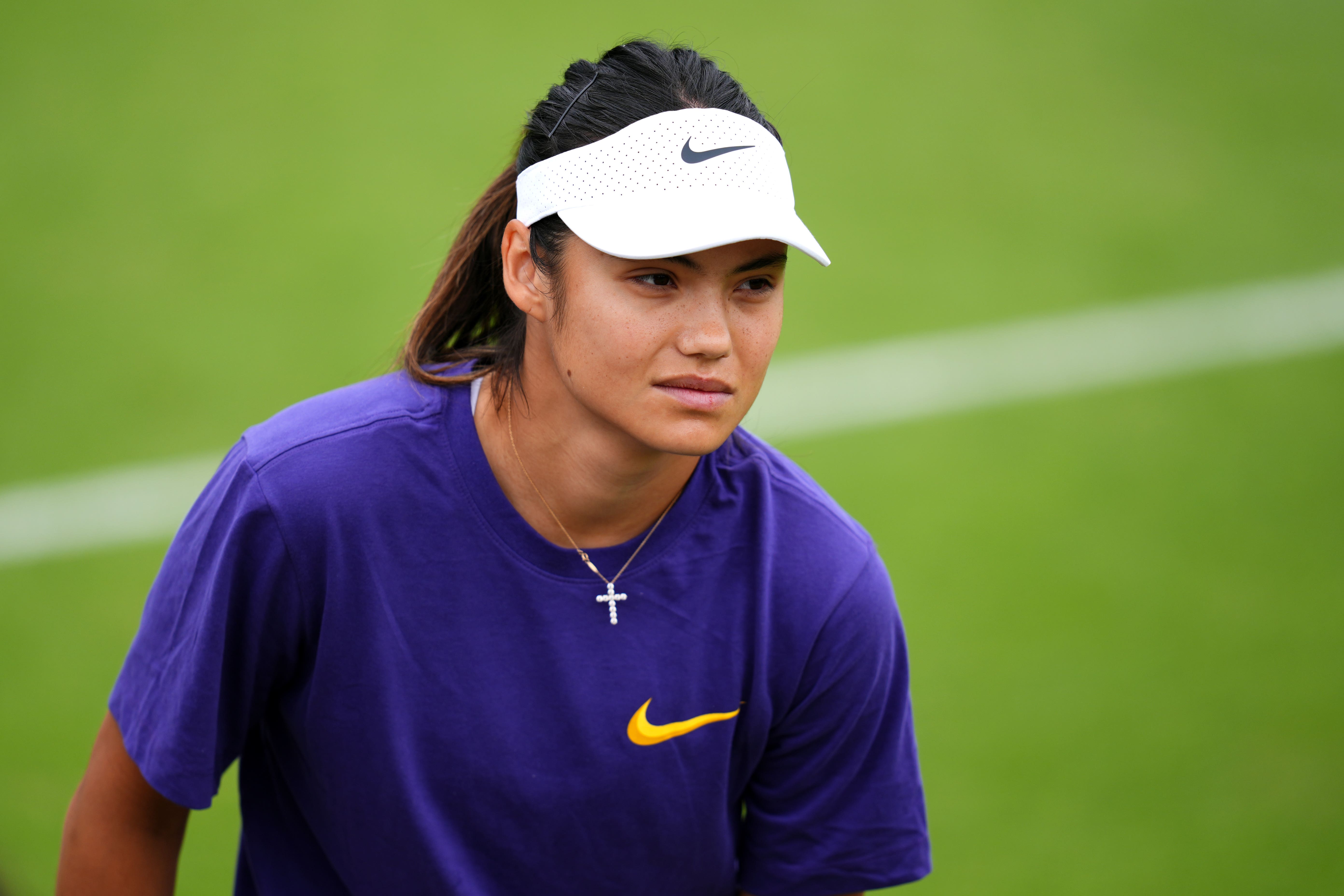The Canadian is known for her first descents in some of the world’s most hostile environments. She says confronting doubt is part of the process. After a pair of first descents near her home in the Canadian Rockies, Christina Lustenberger headed to Pakistan’s Karakoram Range in April 2024 for her second attempt to ski the west face of the Great Trango Tower. “I’d seen a photo of the towers from a friend who climbed it,” says Lustenberger, “but no one had skied it.”.
![[Christina Lustenberger: ‘When you’re in the mountains, you should feel confident. Some days I don’t, so I don’t go.’]](https://i.guim.co.uk/img/media/17f590e3173e93078de636c857619630f805fd77/0_150_2250_1350/master/2250.jpg?width=445&dpr=1&s=none&crop=none)
Humility kept her from stating the reason why. No one had skied the colossal 20,623ft peak, which is home to the second-highest vertical wall on Earth, because no one had the imagination, let alone determination, to even think it was even possible. That is, until Lustenberger came along. Known as a training ground for high-altitude alpine climbers, the Trango Towers are laden with seracs, crevasses, and hanging glaciers. Before Lustenberger, no one saw them as potential ski terrain. On 9 May, Lustenberger and her two partners, Jim Morrison and Chantel Astorga, skied the west face, later hailed as the most impressive first descent in the last decade.
After a reset at home, Lustenberger then spent the fall in New Zealand, ticking off five more hair-raising first descents in the Southern Alps. The most notable, Hunter’s Moon, descends the east face of Aoraki Mount Cook, the tallest mountain in the country. Like the Trango line, it parallels an alpine climbing route, which Lustenberger cleverly reprised as a ski descent. “It was the most engaging line I’ve ever skied,” says Lustenberger. “We watched it for a week, studied it with binoculars, skied around it, and felt good when we started the climb up. But the moment we crossed the bergschrund, you just have to accept the consequences. You have to just fully be there.”.
The monumental year put Lustenberger in rarefied air. However, it wasn’t a surprise to those who know her best. The 40-year-old has spent the last decade quietly redefining the upper limits of ski mountaineering, a sport that combines backcountry skiing with alpinism, climbing the world’s biggest mountains and skiing down them. By combining technical skills from an Olympic racing career with a visionary imagination, she’s become one of the greatest ski mountaineers alive. So you may wonder, why have you never heard of Lustenberger?.
“I’m not good at self promotion,” she says, “I try to let my skiing do the talking.”. In our extremely online world, marketing yourself on social media has become a basic prerequisite for many jobs. This is especially true for athletes searching for big sponsorships, like Lustenberger. But she doesn’t seem to care. “I get a deep sense of joy from these things, which comes from doing it for myself, not for anyone else,” says Lustenberger, who stays off social media for weeks after big descents, taking the time to appreciate the fleeting feeling. Lustenberger posts infrequently, typically with concise and modest details of her achievements, which could define a career for almost anyone else.
Her obsession for skiing comes from her parents, who ran a small ski shop at Panorama Village in British Columbia. Learning to ski almost as soon as she could walk, Lustenberger was a natural, winning her first race at the age of five. “Skiing was integrated into everything our family did and that feeling hasn’t wavered for me at all,” she says. “I have my parents to thank for that.”. By 21, Lustenberger was ranked in the top 30 in the world in giant salmon and at 24 she raced in the Olympics. “You could call it drive or work ethic, or maybe an addiction. All of my coaches will say that I always wanted to be the best.”.
But, on the Canadian National Ski Team, Lustenberger struggled with rigid training plans and a strict routine. “You are told when and where to go. What to do. Even how many sets to lift. I wanted to be the driver of my own reality. I wanted to express myself. I was known as a wildcard.”. Derailed by six knee surgeries, Lustenberger, at 26, decided to pivot from racing to ski guiding, something that helped her gain the skills and knowledge to chase her dream. “I could have shot film segments or done the Freeride World Tour, but I’ve always been drawn to alpinism,” Lustenberger says. Guiding became her path towards earning a living in the ski world and a stepping stone towards a larger goal.
After getting certified by the Association of Canadian Mountain Guides, Lustenberger started working as a heli-ski guide, while spending most of her free time in the backcountry. With her extreme focus, she quickly learned the nuances of snow safety, weather conditions, rescues, ropes, and travel in technical terrain. After a first descent of Mount Adamant in 2011, Lustenberger landed her first sponsorships, launching her pro skiing career. She continued to guide for years, balancing the two.































